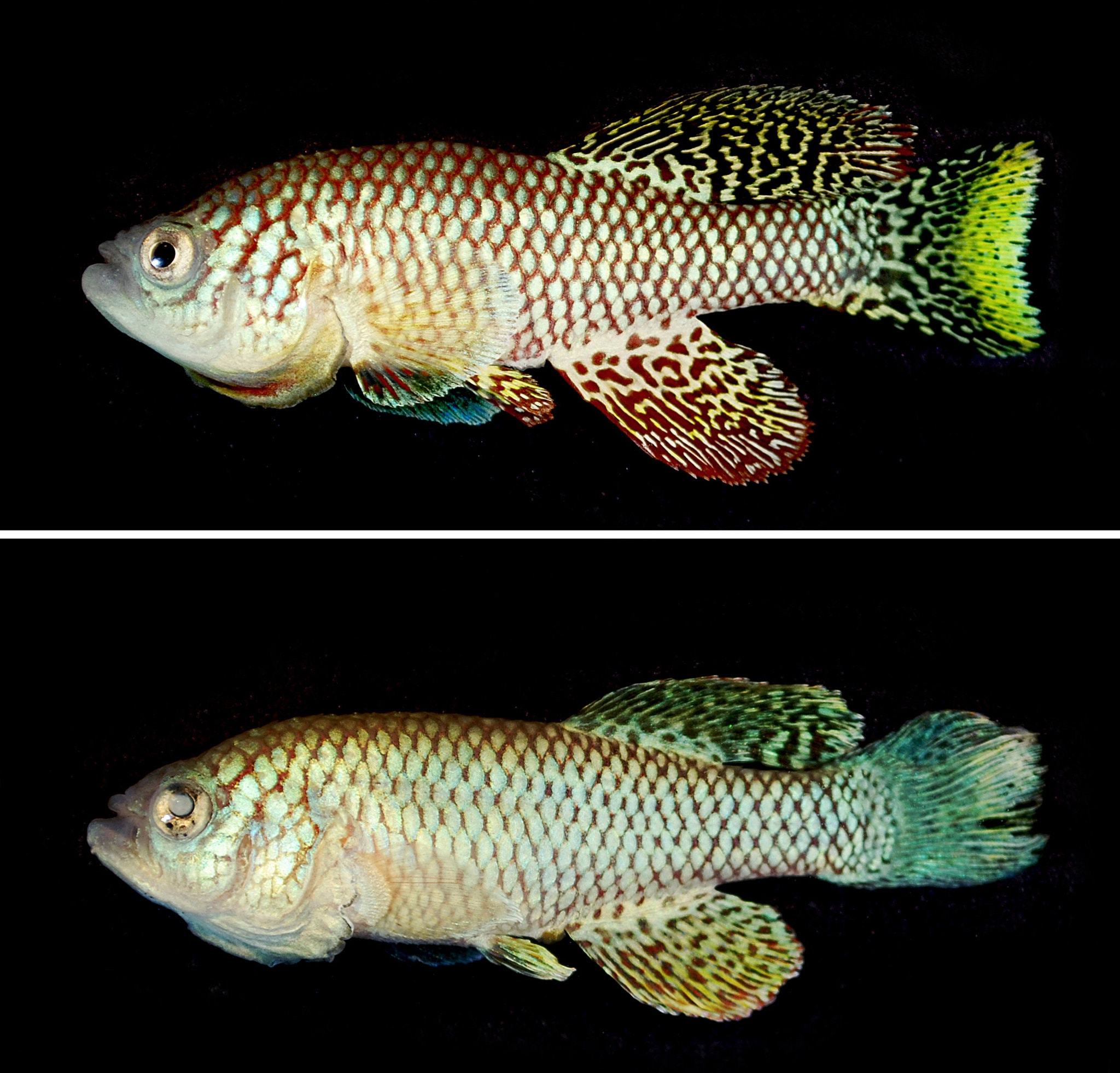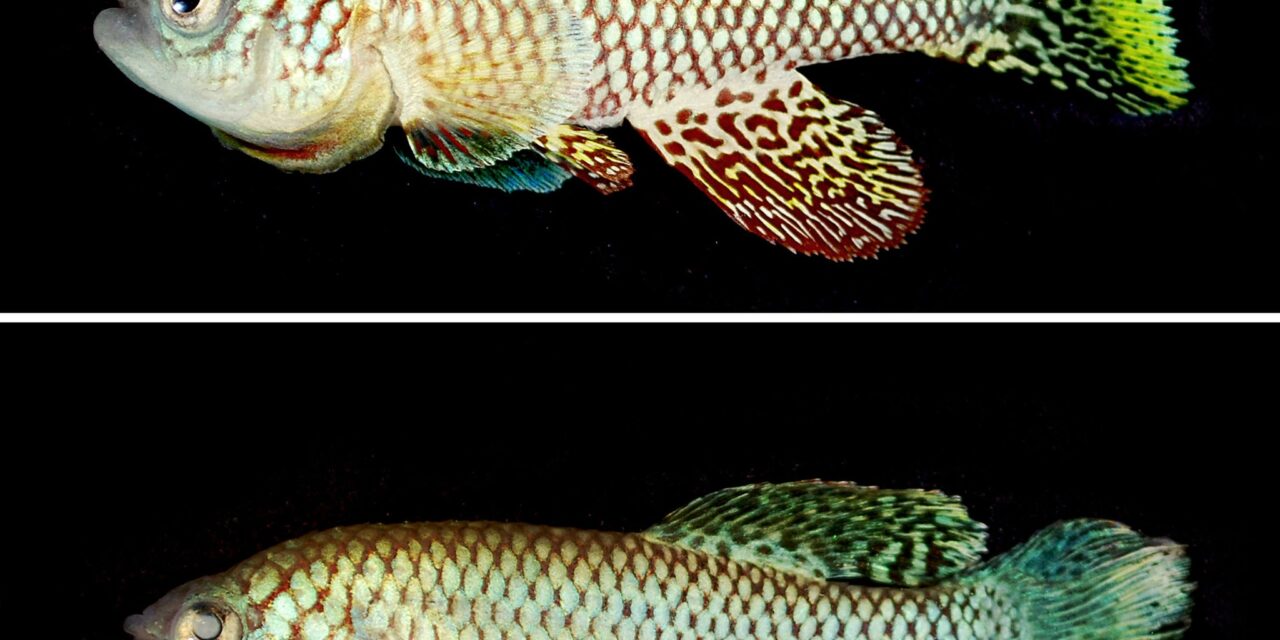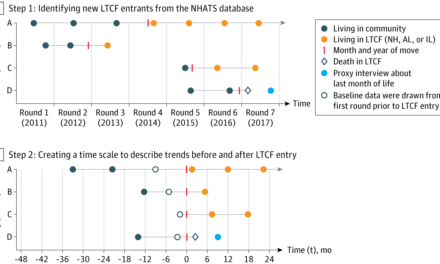A fish originating from Mozambique and Zimbabwe that lives no more than six months is helping Israeli researchers devise ways to enhance human health, as people live increasingly longer.
By genetically manipulating turquoise killifish, Dr. Itamar Harel and his colleagues at the Hebrew University of Jerusalem’s Silberman Institute of Life Science are gaining insights into how to restore metabolic health in vertebrates (organisms with a backbone or spinal column) so they can remain healthier as they age. The HU group published a related study in the peer-reviewed Developmental Cell publication in June.
Harel is hopeful that his tweaking of energy biosynthesis on the cellular level in killifish and other vertebrates in the lab could lead to drug therapies — especially for the benefit of older humans, who tend to suffer from diseases often stemming from the body’s diminished ability to properly respond to nutrient availability on the cellular level.
For instance, Type 2 diabetes is common in older people, as they have a harder time controlling their blood glucose levels. When a young person eats, their glucose levels rise, and then come down quite rapidly. Also, when a young person fasts, their blood sugar decreases. But older people tend to have high blood sugar levels even after fasting.
“This inability to get sugar levels down, or reduced plasticity of the metabolism, is a root cause for many age-associated diseases beyond diabetes. It’s been linked to many others, including cognitive decline,” Harel noted.
Harel told The Times of Israel that he decided to conduct his experiments on killifish because they are vertebrates with an extremely short lifespan. Much work has been done over the past three decades on invertebrates like the worm C. elegans and the Drosophila fruit fly. The findings have been significant.

A two-month-old African turquoise killifish, top, and a 5-month-old killifish, bottom, show aging much like that in humans, including paleness, loss of muscle mass (sarcopenia), and cataracts. (Itamar Harel)
“However, if we want to study vertebrate aging, we probably have to do it in a model which is a vertebrate. An aging organism is an aging organism and if we find a concept in one animal, it might be conserved across the animal kingdom. This is what was identified so far. But there are key aspects related only to vertebrates, and we wanted to study those,” Harel explained.
The problem was that the classical vertebrate models are zebrafish and mice. Mice can live for two to three years, and zebrafish for up to five. Harel needed things to move along more quickly.
“This is why we are working with the turquoise killifish, which is a vertebrate that lives for six months. Because of this, we can do a lot of experiments quite rapidly,” he said.
Harel focused the research on a critical enzyme called AMPK (AMP-activated protein kinase), which acts as a cell’s energy regulator. It senses the energy levels and decides whether it should invest more energy right away for proliferation and growth, or whether it should save energy and just recycle some existing molecules in the meantime.
Researchers have found that activating AMPK extends the life of the fruit fly. However, doing the same thing in mice did not extend life, and even led to pathologies.
Harel explained that he and his team posited that the problem was perhaps caused by the fact that AMPK is a complex enzyme made up of multiple proteins, and that each organ of the body has a different version of it.

Aerial view of the Hebrew University Edmond J. Safra Campus in Givat Ram. (Nati Shohat/Flash90)
“We said, okay, maybe that is the reason, maybe it’s too complicated to fine-tune this in vivo. So what we decided to do was go upstream, meaning we did not genetically manipulate AMPK directly. Instead, we introduced a gene mutation to the AMP (adenosine monophosphate) molecule, which is the precursor to ATP (adenosine triphosphate), the body’s energy currency,” Harel said.
By doing this the researchers inhibited the cell’s ability to make AMP, with the idea that this would make the cell “think” there was less energy available and that it was fasting, even though there was lots of food around.
By manipulating the components of the energy-producing process, but not the AMPK sensor enzyme itself, the team succeeded in producing killifish that lived longer than usual, while showing signs of resistance to pathologies associated with age.
“These ‘old mutants’ were resistant to a high-fat diet, which usually results in accumulated lipid droplets in the liver. They had low glucose levels after fasting just like young fish, so their metabolism was completely rejuvenated,” Harel said.
The surprise was that this rejuvenation occurred only in the male killifish. Something was going on on the molecular level that resulted in functional differences between the males and the females.
“We are now trying to optimize this process in female killifish. We have also developed a mouse model to investigate this and are looking into whether we can also develop a drug that can do a very similar thing in humans,” Harel said.
Further study into these different sex-based outcomes is critical because many age-related illnesses exhibit differently in men and women, and the pharmaceutical industry wants to see new drugs tested on both males and females to measure efficiency and detrimental effects in both sexes.
Harel emphasized that his goal for this research on metabolism is not necessarily to significantly extend the human lifespan per se. Rather, its purpose would be to enable people to live with as little disease as possible as they grow older.
“Any medication developed would likely be prescribed for elderly or significantly ill people who cannot use intermittent fasting or exercise to prevent or treat metabolic disease,” Harel said. “It wouldn’t be widely given. It wouldn’t be put in the water like fluoride.”





